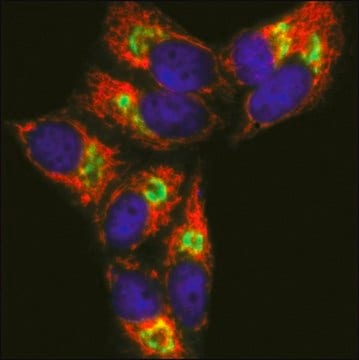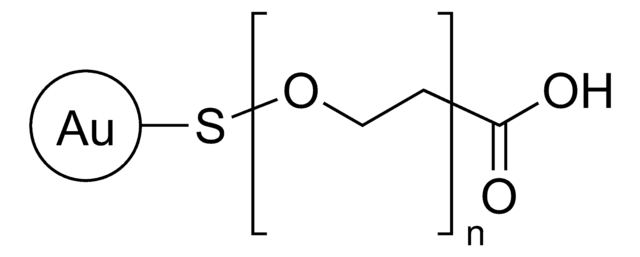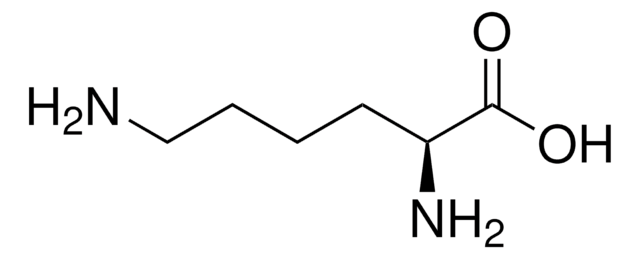General description
We are committed to bringing you greener alternative products, which adhere to one or more of The 12 Principles of Green Chemistry.This antibody is Preservative-free, produced without the harm or sacrifice of animals and exceptionally stable to allow for ambient shipping and storage if needed and thus aligns with "Waste Prevention", "Designing Safer Chemicals" and "Design for Energy Efficiency".
Click here for more information.
ZooMAb® antibodies represent an entirely new generation of recombinant monoclonal antibodies. Each ZooMAb® antibody is manufactured using our proprietary recombinant expression system, purified to homogeneity, and precisely dispensed to produce robust and highly reproducible lot-to-lot consistency. Only top-performing clones are released for use by researchers. Each antibody is validated for high specificity and affinity across multiple applications, including its most commonly used application. ZooMAb® antibodies are reliably available and ready to ship when you need them.
Specificity
Clone 1D17 is a ZooMAb® rabbit recombinant monoclonal antibody that specifically detects Cav3.2. It targets an epitope within 25 amino acids from the third extracellular domain within the N-terminal half.
Immunogen
KLH-conjugated linear peptide corresponding to 25 amino acids from the third extracellular domain within the N-terminal half of human Cav3.2.
Application
Quality Control Testing
Evaluated by Western Blotting in NIH3T3 cell lysate
Western Blotting Analysis: A 1:10,000 dilution of this antibody detected Cav3.2 in NIH3T3 cell lysate.
Tested Applications
Affinity Binding Assay: A representative lot of this antibody bound Cav3.2 peptide with a KD of 8.8 x 10-7 in an affinity binding assay.
Immunocytochemistry Analysis: A 1:1,000 dilution from a representative lot detected Cav3.2 in A549 cells.
Immunohistochemistry (Paraffin) Analysis: A 1:1,000 dilution from a representative lot detected Cav3.2 in Human cerebral cortex tissue sections.
Note: Actual optimal working dilutions must be determined by end user as specimens, and experimental conditions may vary with the end user.
Target description
Voltage-dependent T-type calcium channel subunit alpha-1H (UniProt: O95180; also known as Low-voltage-activated calcium channel alpha1 3.2 subunit, Voltage-gated calcium channel subunit alpha Cav3.2) is encoded by the CACNA1H gene (Gene ID: 8912) in human. Voltage-gated Ca2+ channels are classified on the basis of their biophysical and pharmacological properties. The L, N, P, Q, and R-type channels belong to a family of high-voltage activated channels, whereas T-type channels are classified as low-voltage activated channels. T-type channels serve pacemaking functions in both central neurons and in cardiac nodal cells and support calcium signaling in secretory cells and vascular smooth muscle. Cav3.2 is a multi-pass, T-type low voltage-activated channel that is widely expressed throughout the central nervous system and plays a vital role in neuronal excitability and various physiological functions. In the brain, it is most abundant in the amygdala, caudate nucleus, and putamen. It is pr
Physical form
Purified recombinant rabbit monoclonal antibody IgG, lyophilized in PBS with 5% Trehalose, normal appearance a coarse or translucent resin. The PBS/trehalose components in the ZooMAb formulation can have the appearance of a semi-solid (bead like gel) after lyophilization. This is a normal phenomenon. Please follow the recommended reconstitution procedure in the data sheet to dissolve the semi-solid, bead-like, gel-appearing material. The resulting antibody solution is completely stable and functional as proven by full functional testing. Contains no biocide or preservatives, such as azide, or any animal by-products. Larger pack sizes provided as multiples of 25 µL.
Reconstitution
300 µg/mL after reconstitution at 25 µL per vial. Please refer to guidance on suggested starting dilutions and/or titers per application and sample type.
Storage and Stability
Recommend storage of lyophilized product at 2-8°C; Before reconstitution, micro-centrifuge vials briefly to spin down material to bottom of the vial; Reconstitute each vial by adding 25 µL of filtered lab grade water or PBS; Reconstituted antibodies can be stored at 2-8°C, or -20°C for long term storage. Avoid repeated freeze-thaws.
Legal Information
ZooMAb is a registered trademark of Merck KGaA, Darmstadt, Germany
Disclaimer
Unless otherwise stated in our catalog or other company documentation accompanying the product(s), our products are intended for research use only and are not to be used for any other purpose, which includes but is not limited to, unauthorized commercial uses, in vitro diagnostic uses, ex vivo or in vivo therapeutic uses or any type of consumption or application to humans or animals.










